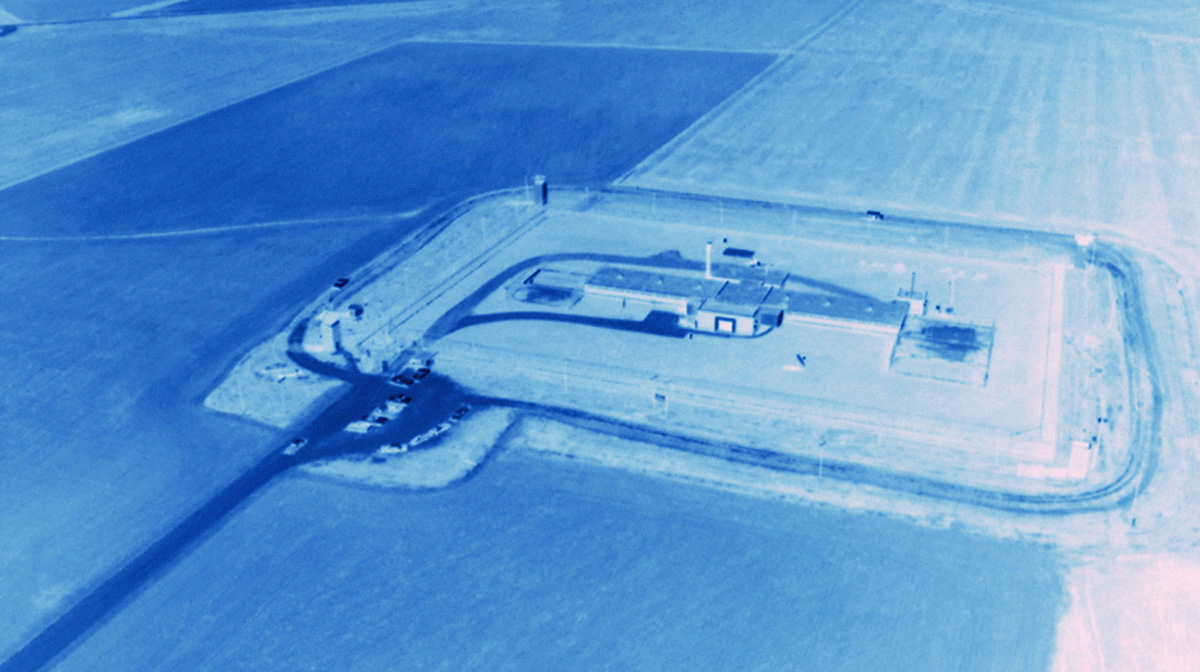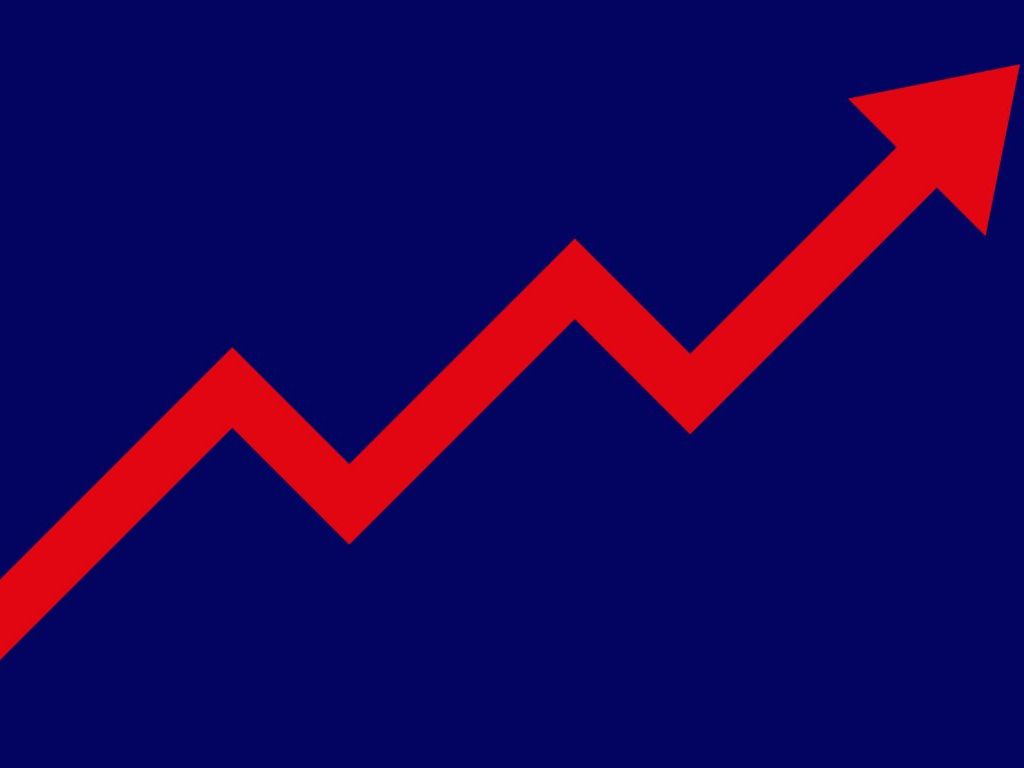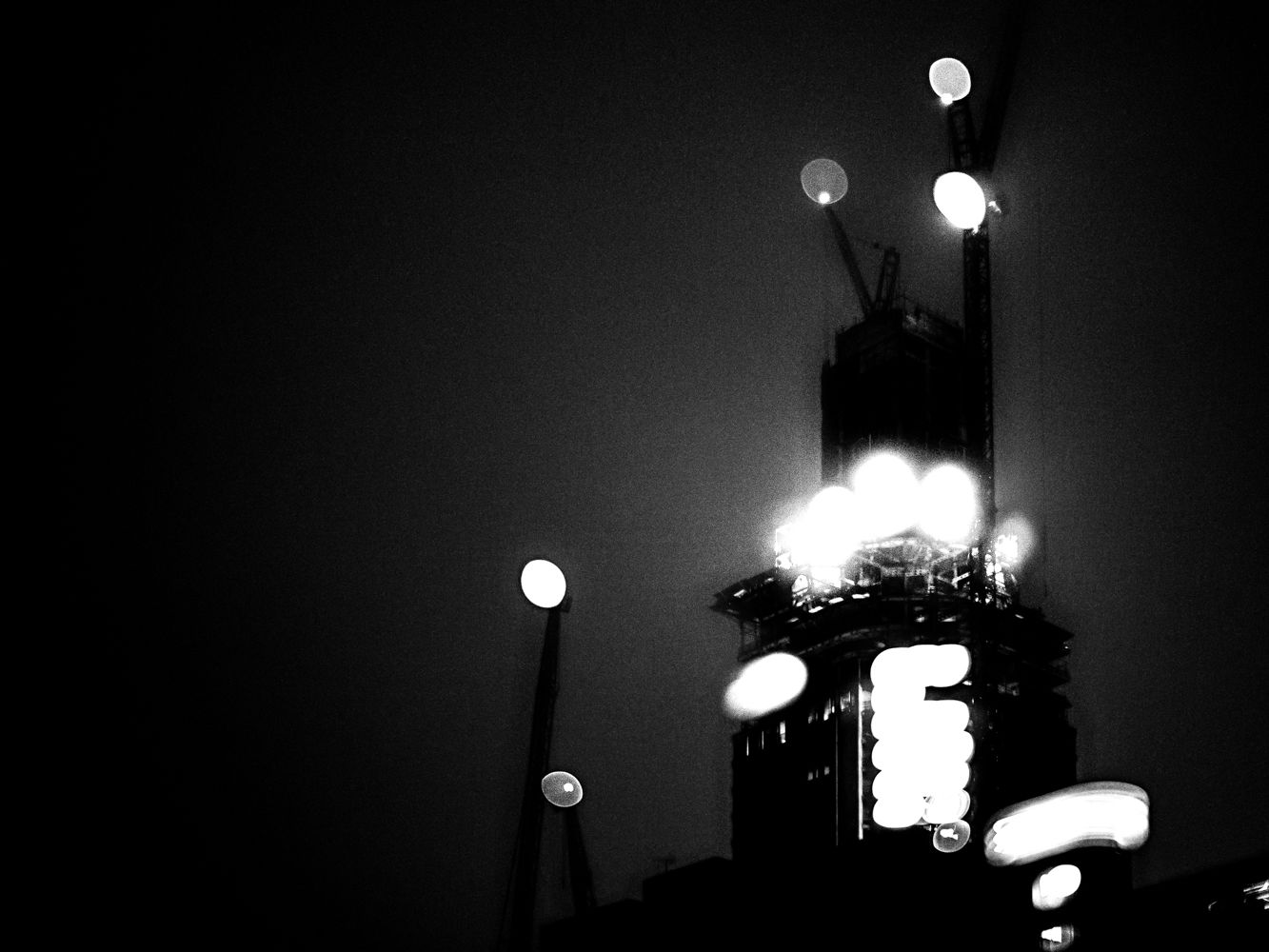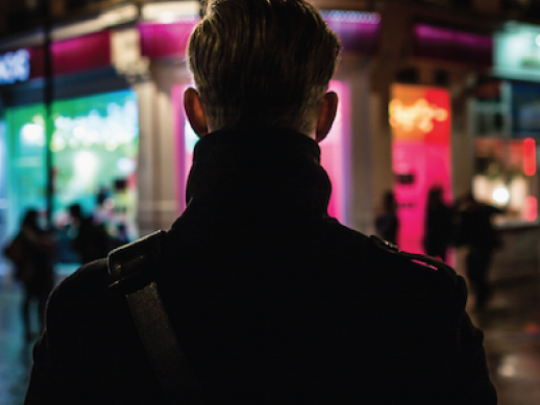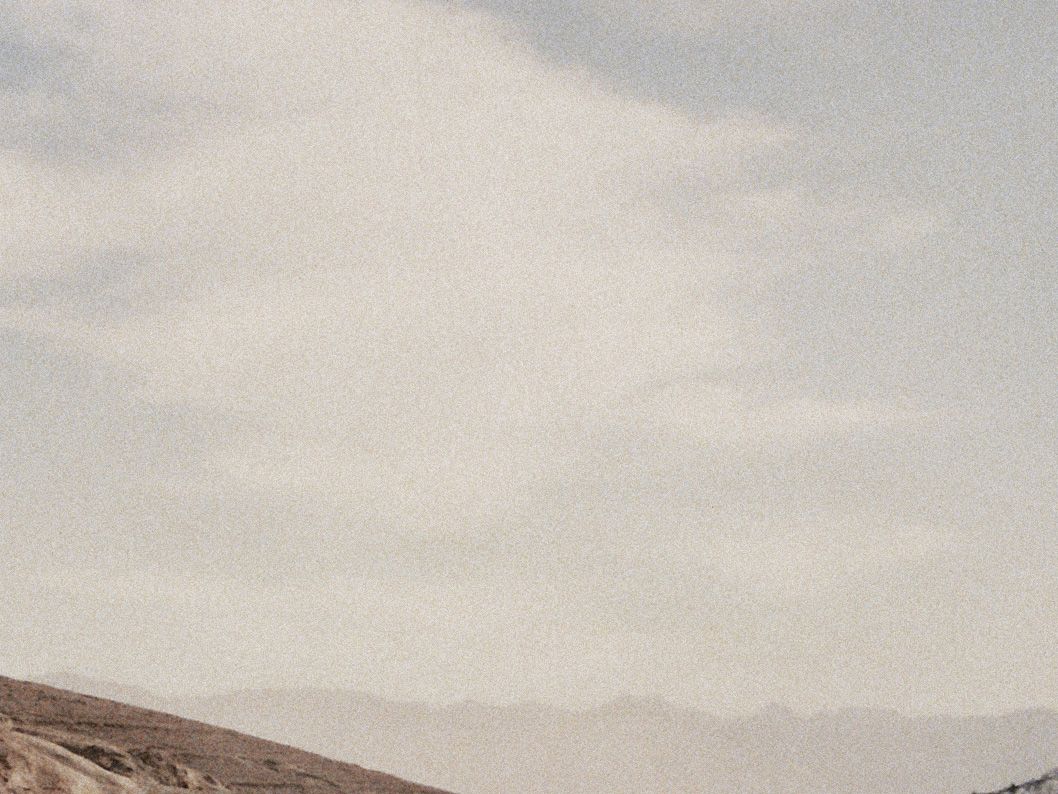David Birkin wants you to see blue – the lethal and political qualities of a colour that permeates much of his work.
Prussian blue, for example, is the pigment that gives Birkin’s cyanotypes their distinctive hue in the series Midnight Blue. The colour produced when printing the cyanotypes is a chemical by-product of a poisonous gas called hydrogen cyanide, or prussic acid, which was used for years on Death Row in the United States and found on the walls of Nazi gas chambers at Majdanek.
The cyanotypes were exposed from negatives taken at the Mississippi State Penitentiary in 1987. Filmmaker Paul Hamann recorded a documentary there about an African American man who was framed for murder and executed using the same cyanide. Images of rifles, barbed wire fences, rows of prison cells – some so overexposed that they appear to burn bright white – act like metaphorical blueprints of racial oppression and inhumane killings. The work features in Visible Justice, one of several art pieces to focus on the treatment of prisoners.
"Instead of drawing the defenders or prosecutors, she drew iguanas that were roaming around the naval base and seemed to have more freedom than any of the people.” – David Birkin
Birkin turns associations with blue – the colour of capital, of justice, of lawfulness (think FBI and CIA badges) – on their head. In 2018’s Our System Failure, it once again floods his work, this time on a public scale, occupying the advertising space of digital billboards in Times Square, New York. Error messages on ‘the so-called blue screen of death’, as he puts it, read:
-SYSTEM FAILURE-
-SYSTEM FAILURE-
-SYSTEM FAILURE-
-FATAL ERROR-
-FATAL ERROR-
-FATAL ERROR-
Our system ran into a problem it could not handle and needs to restart.
These simulated software crashes Birkin used as ‘an extended metaphor to think about our social and economic and political system and how it has failed us’, and to reflect on how we as a society allow our money to be spent, he says.
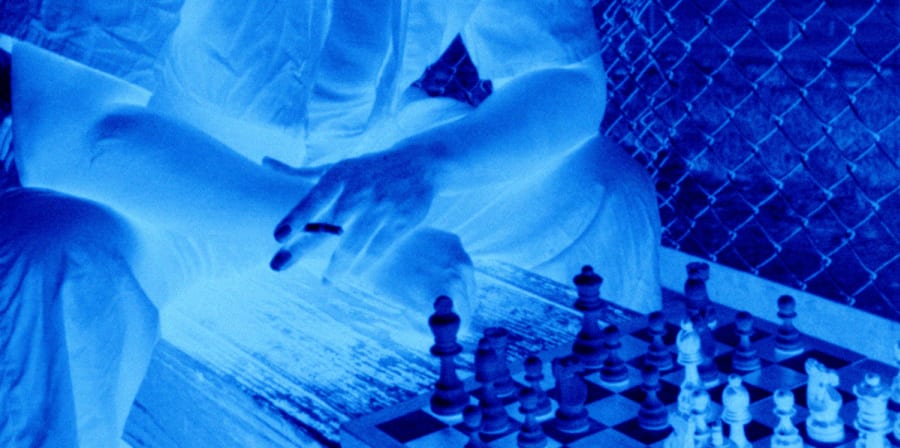
The connotations of a colour are one way in which Birkin’s art relies on aesthetics to explore the intersection between visual culture and social injustice – and this exploration is at the heart of Visible Justice, which he co-founded with Max Houghton. “Through the exhibition, we wanted to think critically about how visual artists and other people working in visual culture can create meaningful interventions into existing legal spaces and frameworks.”
This thinking underscores the collaborative partnerships between postgraduate students at London College of Communication’s Media School and artists and human rights NGOs – such as Reprieve, whose work focuses on areas of advocacy around the death penalty and lethal injection. The challenge of these collaborative campaigns, Birkin adds, is communicating ideas about social justice visually. “There’s a lot of creativity involved in that,” he says. “We believe very strongly in the idea that creativity is not the sole domain of the arts but is something that exists in all professions.”
He shares an example – a story about a lawyer, Tom Wilner, whose actions inspired a collaborative project between Birkin and a courtroom sketch artist at Guantanamo. In 2003, Wilner was representing a group of Kuwaiti detainees being held at Guantanamo without charge or trial. The Supreme Court refused to hear their case on the grounds that Guantanamo is not on US soil and therefore they have no jurisdiction over it. When Wilner’s conventional appeals did not work, he presented the case of the cyclura nubila, also known as the Cuban Rock Iguana, an indigenous lizard that is protected under the US 1973 Endangered Species Act. Whenever one of these reptiles crosses the perimeter fence into the naval base, it becomes subject to US law. “There are signs everywhere that say any US soldier that harms one of these iguanas is liable to prosecution and a fine of up to $10,000,” Birkin explains. “Wilner argued that if you extend jurisdiction to include iguanas but not detainees then you are affording more rights to reptiles than people.” The Supreme Court subsequently agreed to hear the case.
“For me, this was about somebody who was not an artist and who is not thought of as somebody with a creative profession thinking extremely creatively,” he adds. It inspired a series of drawings by the primary courtroom sketch artist at the trials, Janet Hamlin, which Birkin commissioned. “She drew in her normal style, but instead of drawing the defenders or prosecutors, she drew iguanas that were roaming around the naval base and seemed to have more freedom than any of the people.”
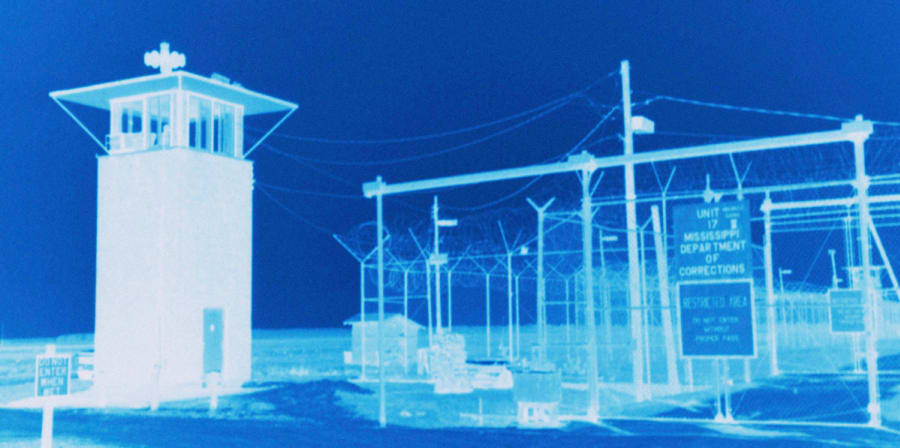
The themes running through Visible Justice consolidate ideas long-running through Birkin’s work, which creatively intersects with politics, human rights and litigation. In 2014, he again repurposed a form of corporate advertising (skywriting) for creative means. Above the Manhattan skyline, five planes wrote ‘EXISTENCE OR NONEXISTENCE’ in white smoke. The phrase was an excerpt from a CIA letter to the American Civil Liberties Union rejecting their Freedom of Information Act request for records relating to the CIA’s covert drone programme. The reply read: ‘… the CIA can neither confirm nor deny the existence or nonexistence of records responsive to your request.’ Instantly, people began uploading photos of the skywriting to social media and speculating on what these words could mean. “Was it the existence or nonexistence of aliens? Of God? Was it a line from Shakespeare’s Hamlet?” Birkin recalls. “The diversity of the responses underscored the nebulous nature of the government’s response the ACLU’s request.”
The CIA’s response may have been cloudy but the skies where the message appeared were not. Birkin connects this to traumatic associations, such as cloudless days in Waziristan that make children afraid to play outside because of the visibility they afford to remotely piloted aircraft, or the crystalline New York skies on the morning of September 11th when hijacked passenger planes ‘appeared, literally, from out of the blue’, he says.
Out of Birkin’s ‘blue’, i.e. his visual art, are questions of visuality, responsibility and efficacy. They are questions he wants participants in and visitors to Visible Justice to consider, too. “It’s important that we all think about what it means to have political and artistic voice and what kind of ethical responsibility we as cultural producers need to assume, particularly in this current political climate of post Brexit, post Trump and the era of so-called ‘fake news’ and alternative facts.” Broadening these conversations through partnerships between people of different disciplines allows us to broaden our understanding of art, he adds.
For justice to be visible, cultural producers, with their dual artistic and political voices, must use their creativity to change what is perceivable and permissible. Paraphrasing poet and essayist Claudia Rankine, Birkin concludes: “The visual arts are important because we are dealing with optics, that which is visible. What we see determines what is allowed, and it is changing our gaze whether we like it or not.”
Words by Rikki Henry and Dalia Dawood for Visible Justice.
Visible Justice takes place at London College of Communication from Wednesday 17 April to Friday 3 May 2019, and is free and open to all.
- Find out about London College of Communication's Media School
- Explore events at London College of Communication
- Follow LCC on Instagram to see behind-the-scenes at the College
